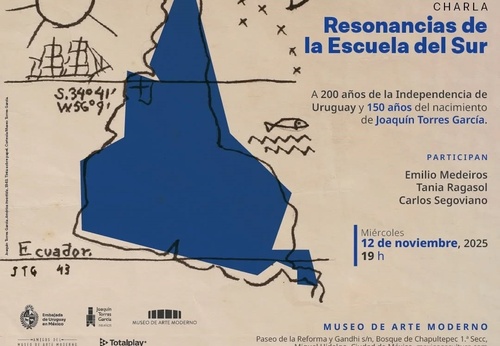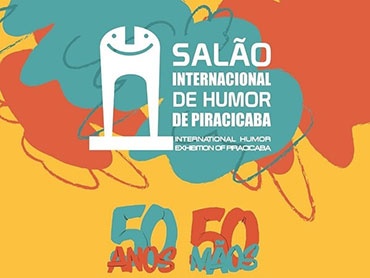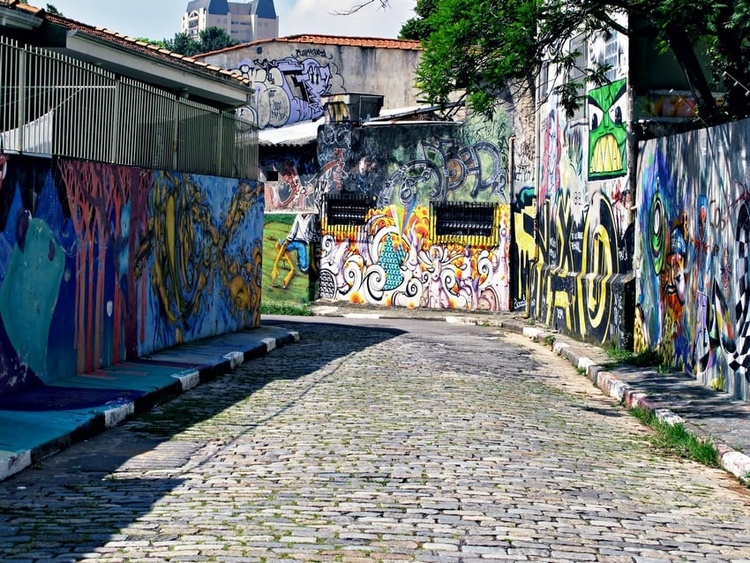
Urban Art in Latin America: A Visual Revolution of Identity and Resistance
Urban art in Latin America has emerged as one of the most vibrant and significant cultural movements of recent decades. Beyond its aesthetic dimension, urban art represents a form of resistance, communication, and social transformation. Stories of inequality, hope, memory, and cultural pride are reflected on the walls of Latin American cities. This phenomenon has transformed streets into open-air galleries, where art ceases to be a privilege and becomes a collective expression.
Origins and Evolution of Urban Art in the Region
Latin American urban art has its roots in the muralism and social protest movements of the 20th century. In Mexico, for example, artists such as Diego Rivera, José Clemente Orozco, and David Alfaro Siqueiros laid the foundations of modern muralism, using public walls to disseminate messages of justice, education, and national consciousness. Their influence spread throughout the continent, inspiring new generations of artists to occupy public space as a means of expression.
During the 1970s and 80s, urban art took on a more defiant dimension in countries experiencing dictatorships or social conflicts. Walls became vehicles for denunciation, memory, and resistance against censorship. In Chile, for example, the murals of the Ramona Parra Brigade became symbols of political struggle. In Argentina, after the military dictatorship, graffiti served to reconstruct collective memory and denounce repression.
Urban Art as a Reflection of Identity and Diversity
The Latin American continent is profoundly diverse, and this cultural richness is uniquely manifested in its urban art. In Bogotá, Colombia, street artists have created a visual language that combines Indigenous, Afro-Colombian, and contemporary elements, making the city one of the most important centers of graffiti worldwide.
In São Paulo, Brazil, urban art is an essential part of the metropolitan identity. The large murals in the neighborhoods of Vila Madalena and Beco do Batman exemplify how art can transform urban spaces into cultural and tourist hubs. In Valparaíso, Chile, the colorful houses and murals covering the stairways and hills not only beautify the landscape but also tell the story of a city built by immigrants and artists.
In Mexico City, the walls speak with a multitude of voices: from political messages to tributes to popular culture and pre-Hispanic roots. In Buenos Aires, Argentina, urban art has achieved a level of institutional recognition, with international festivals and municipal support, demonstrating that street art can coexist with official cultural policies without losing its rebellious essence.
Urban Art as an Engine of Social Transformation
Beyond its visual impact, urban art has demonstrated its power to transform entire communities. In many marginalized neighborhoods, community mural projects have fostered a sense of belonging, self-esteem, and social cohesion. In Medellín, for example, artists' collectives have worked in the most vulnerable neighborhoods, replacing violence with art and offering new opportunities to young people.
Furthermore, urban art fosters cultural tourism, boosts the creative economy, and revitalizes deteriorated spaces. However, it also raises debates about the institutionalization and commercialization of street art, as some artists fear that its critical spirit will be diluted by being absorbed by the market or the authorities.
Conclusion
Urban art in Latin America is much more than paint on walls: it is a way of narrating the continent's contemporary history. Memory, identity, and resistance are interwoven in its strokes. It is the voice of those who are not always heard, the manifestation of a society in motion that struggles to become visible and dignified. Each mural is a testament to life, a cry for freedom, and a celebration of the transformative power of art.
Latamarte
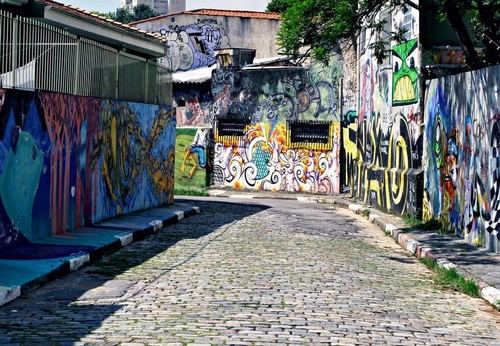

- November 13, 2025
Urban Art in Latin America

- November 13, 2025
Freedom of thinking

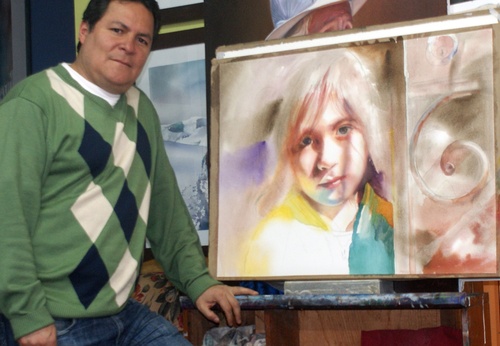
- November 13, 2025
Rogger Oncoy - Peru

- November 12, 2025
Rafaël Rozendaal: A Dutch–Brazilian Artist – An Introduction
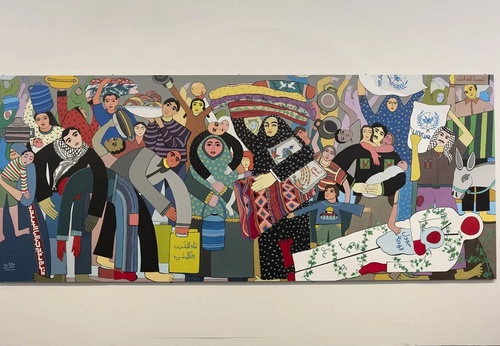
- November 12, 2025
Brescia, an exhibition of works by the Palestinian collective Eltiqa

- November 12, 2025
The Art of Photography: Capturing the Essence of the Moment

- November 13, 2025
Urban Art in Latin America: A Visual Re…

- November 13, 2025
Urban Art in Latin America

- November 12, 2025
The Art of Photography: Capturing the E…

- November 11, 2025
The Power of Visual Arts

- November 09, 2025
Contemporary Art and Its Diverse Forms …

- November 08, 2025
Graffiti: From the Street to the Galler…

- November 08, 2025
Street Art in Latin America

- November 05, 2025
Art as Bridges: Creativity and Identity…

- November 04, 2025
Mexican Painters Who Left Their Mark on…

- November 03, 2025
Art and Identity in Latin America

- November 02, 2025
The horror and hope of Gaza's children …

- November 01, 2025
The Role of Artificial Intelligence in …

- October 30, 2025
Artificial Intelligence and Its Applica…

- October 30, 2025
Artificial Intelligence in Art

- October 30, 2025
Artificial Intelligence in Art: Creatio…

- October 29, 2025
Street Art and Graffiti — The Colorful …

- October 28, 2025
Difference Between Documentary and Arti…

- October 28, 2025
Photography as Art

- October 27, 2025
Escultura e Instalaciones Contemporánea…

- October 27, 2025
Sculpture and Installations: The Expans…

- August 29, 2023
The history of Bolivian art

- February 19, 2024
Analysis and meaning of Van Gogh's Star…

- January 28, 2024
Culture and Art in Argentina

- September 25, 2023
What is the importance of art in human …

- September 23, 2023
What is paint?

- August 10, 2023
14 questions and answers about the art …

- August 23, 2023
The 11 types of art and their meanings

- August 30, 2023
First artistic manifestations

- September 23, 2023
Painting characteristics

- January 12, 2024
10 most beautiful statues and sculpture…

- September 23, 2023
History of painting

- March 26, 2024
The importance of technology in art1

- April 02, 2024
History visual arts in Brazil

- April 06, 2024
History of visual arts in Ecuador

- August 16, 2023
The 15 greatest painters in art history

- March 26, 2024
Cultural identity and its impact on art…

- October 18, 2023
History of sculpture

- August 27, 2023
The history of art Mexico

- November 21, 2024
The Role of Visual Arts in Society

- August 13, 2023
9 Latino painters and their great contr…

- February 19, 2024
Analysis and meaning of Van Gogh's Star…

- August 13, 2023
9 Latino painters and their great contr…

- August 23, 2023
The 11 types of art and their meanings

- August 10, 2023
14 questions and answers about the art …

- August 29, 2023
The history of Bolivian art

- August 27, 2023
15 main works of Van Gogh

- January 28, 2024
Culture and Art in Argentina

- November 06, 2023
5 Latin American artists and their works

- September 23, 2023
Painting characteristics

- September 23, 2023
What is paint?

- September 25, 2023
What is the importance of art in human …

- August 30, 2023
First artistic manifestations

- March 26, 2024
Cultural identity and its impact on art…

- December 18, 2023
10 iconic works by Oscar Niemeyer, geni…

- January 20, 2024
What is the relationship between art an…

- January 12, 2024
10 most beautiful statues and sculpture…

- October 30, 2023
Characteristics of Contemporary Art

- August 24, 2023
The most famous image of Ernesto "Che" …

- August 22, 2023
What are Plastic Arts?

- May 26, 2024

